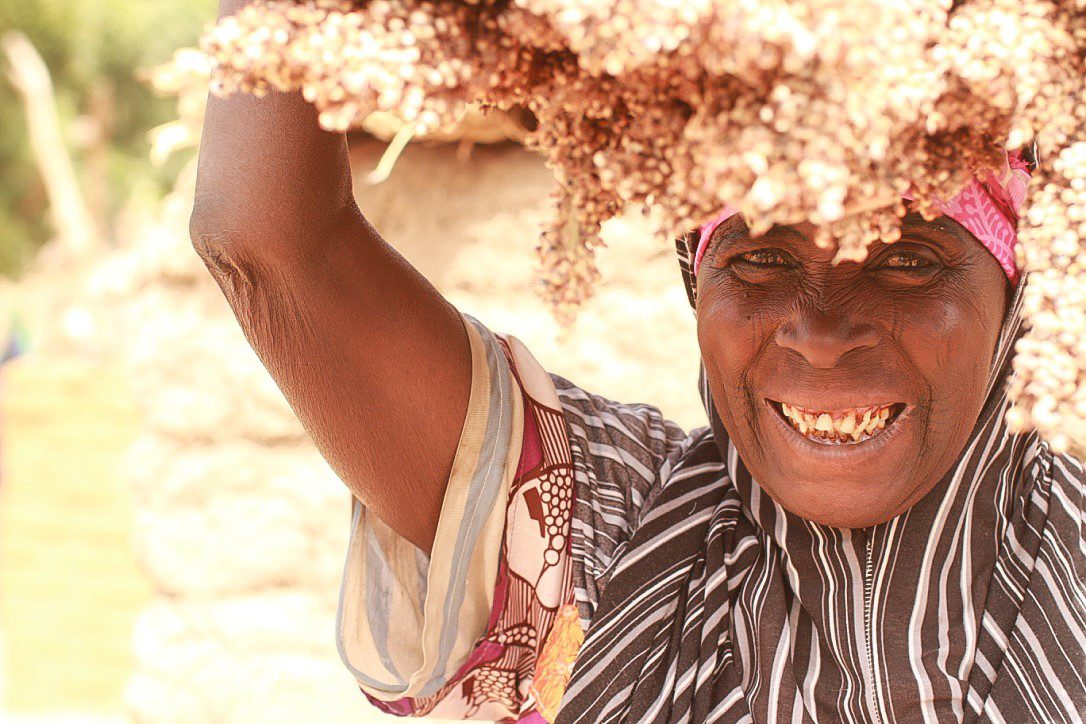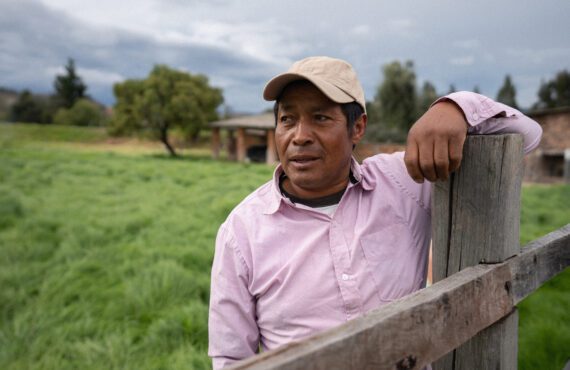Editor’s note: This is a special guest blog from World Vision highlighting the important work of U.S. government food security programs. Find the full story here.
By Kathryn Reid
As harvest time comes to a close in Tambarawa village, Niger, farmers compare this season to ones before.
“Everything has changed,” says Yahouza Harouna, 35.
“Four years ago, I had just three hectares [about 7 ½ acres] of land and all I knew was basic farming. That year I harvested 80 bundles of crops, but now I can get 250 bundles. The land is much more productive now.”
Yahouza traces these changes to the advent of LAHIA, a USAID Food for Peace-funded program implemented by World Vision in partnership with Save the Children. Along with providing business and agriculture training, LAHIA introduced him to the benefits of cultivating trees.
Samaila Harouna, 62, Tambarawa’s village chief, explains that trees anchor the soil, keep in moisture, and increase soil fertility, both through adding organic matter and attracting animals and insects. Careful re-cultivation of trees that had been cut down to clear land for farming is the key to restoring the natural process of building fertile soil. The technique is called Farmer Managed Natural Regeneration (FMNR) and it originated in Niger.
Saving land and livelihoods
Since the 1970s, Niger’s arable land has steadily diminished because of overgrazing, cutting trees for firewood, wind erosion, and drought. Now, only about 15 percent of the country’s land mass, a narrow strip in the south, is fit for farming. Yet four-fifths of Niger’s adults depend on agriculture for their livelihoods and to feed their families.
Salamatou, a mother of nine, has 120 trees on her three hectares of land. She plants millet, sorghum, and cowpeas between the trees. All three crops, which are grown on more than 85 percent of Niger’s farmland, depend on good rains from June to September. One failed rainy season could destroy a farmer’s assets. So could an illness that prevents a family member from working or costs money for medical treatment.
After four years of improving the soil through FMNR, Salamatou has more than doubled her yield. “That’s enough to eat and to sell,” she says. Before, she could grow only enough to feed her family.
“We are doing this work in the field to nourish our children,” she says. She’s a rare landholder among the women of her village, having inherited her small plot from her family.
Salamatou also practices warrantage, or storing some of her crop to use as collateral for a bank loan. She can use the loan for expenses, but most of it she’ll use for money-making projects, such as cooking and selling cowpeas and rice, or fattening goats to sell.
“After four or five months, when the price of millet has gone up, I’ll pay off the loan, get my millet out of storage and sell it,” she says confidently. Salamatou’s goats contribute to the next harvest too. In April, when it’s time to prepare for planting, she’ll load composted goat manure in a cart and take it to her field for fertilizer.
As they tend fields and flocks with techniques that build up the land, farmers like Salamatou and Yahouza fend off environmental and economic decline. Diverse sources of income strengthen their families’ resilience.
You can help make sure that initiatives like LAHIA continue! Call or email your members of Congress and ask them to co-sponsor the Global Food Security Reauthorization Act (S. 2269/H.R. 5129).
Kathryn Reid is a senior communications officer for World Vision US.



